Introduction to the flavor description of Mantenin Arabica or Robusta coffee beans
As the largest coffee producer in Asia, Indonesia mainly produces commercial-grade robusta coffee, while Mantenin coffee produced in northern Sumatra is of the best quality, accounting for less than 1/10 of the total.
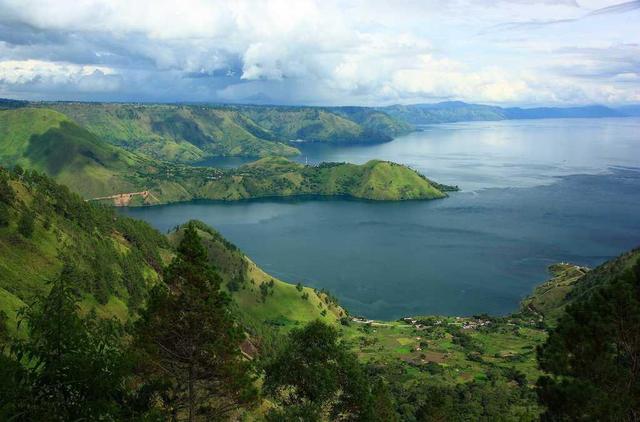
The history of coffee in Indonesia can be traced back to the end of the 17th century, when the Dutch colonists first introduced Arabica seedlings to Java. Coffee took root in Indonesia and soon spread to islands such as Sumatra to be planted on a large scale.

In the 19th century, Indonesian coffee trees were seriously affected by leaf rust. Large areas of Arabica coffee withered and died, and their yields were hit hard. As a result, the government began to introduce varieties with stronger disease resistance, including Robusta, Tim, Katim, etc., to replace the fragile iron pickup and bourbon varieties.
Tim Timor is a natural hybrid between Tieka and Robusta on the island of Timor. It inherits the high yield and disease resistance of Robusta. When it is introduced into Indonesia, Canon will call it Tim Tim. There is also a common local variety, Katim Catimor, known locally as Ateng, which comes from the pronunciation of Aceh Tengah in central Aceh. Katim is a mixed-race descendant of Kaduka, a Bourbon variant, and Tim of East Timor, and is also highly resistant to disease. Up to now, Tim and Katim with Robusta gene have become the main local varieties, and after many years have integrated into the local environment of Sumatra, Katim and Tim have formed local unique herbal and spice flavors. coupled with high disease resistance and considerable yield, they are very popular with Indonesian coffee growers.
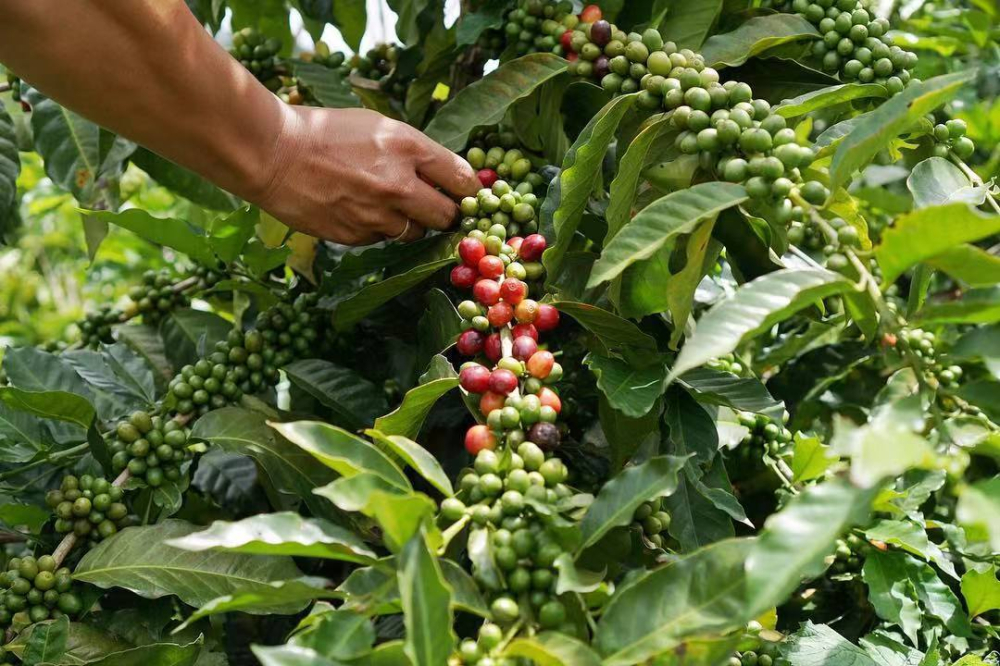
The variety of golden mantenin coffee beans on the front street shelf belongs to Ateng, which is treated with Indonesia's unique wet planing method and is roasted with full aromas of herbal spices, dark chocolate and nuts. The variety of Lindong Mantenin ration beans is a mixture of Tim Tim and Ateng.
Sumatra is located near the equator and belongs to an island-type tropical rain forest climate. The humidity in the air is as high as 7090%. The hot and humid environment is easy to make raw coffee beans mildew during fermentation or drying. So local coffee farmers summed up a semi-washing treatment method-wet planing according to local conditions. The coffee fruit is peeled and fermented, and after a few hours of brief fermentation, the sticky pectin layer is washed off. Then dry the parchment for 2-3 days and remove the parchment when the water content is 30-50% semi-dry. Finally, the shelled raw coffee beans are dried to 12% moisture content, which can be packaged. While the drying time is shortened, it also brings some heavy aromas of wood, herbs and spices to Manning raw beans.
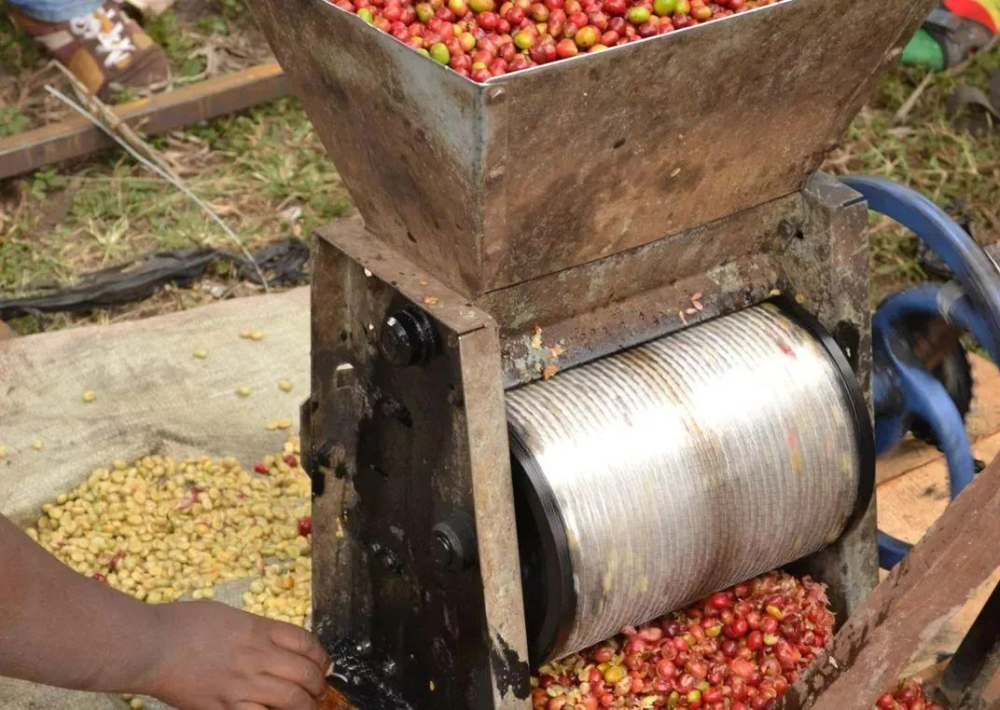
The wet planing method saves a lot of time cost and labor cost for raw bean treatment, but the rapid process also brings a high defect rate. Therefore, only through strict hand selection can the defects that the machine can not be screened can be eliminated. When producing the coffee, PWN, the exclusive supplier of Golden Manning Coffee, carries out one machine selection + three manual selection of the purchased raw beans to ensure that each raw bean is complete, uniform, full, and the specification must reach more than 18 mesh, belonging to the local G1 grade of Indonesia.
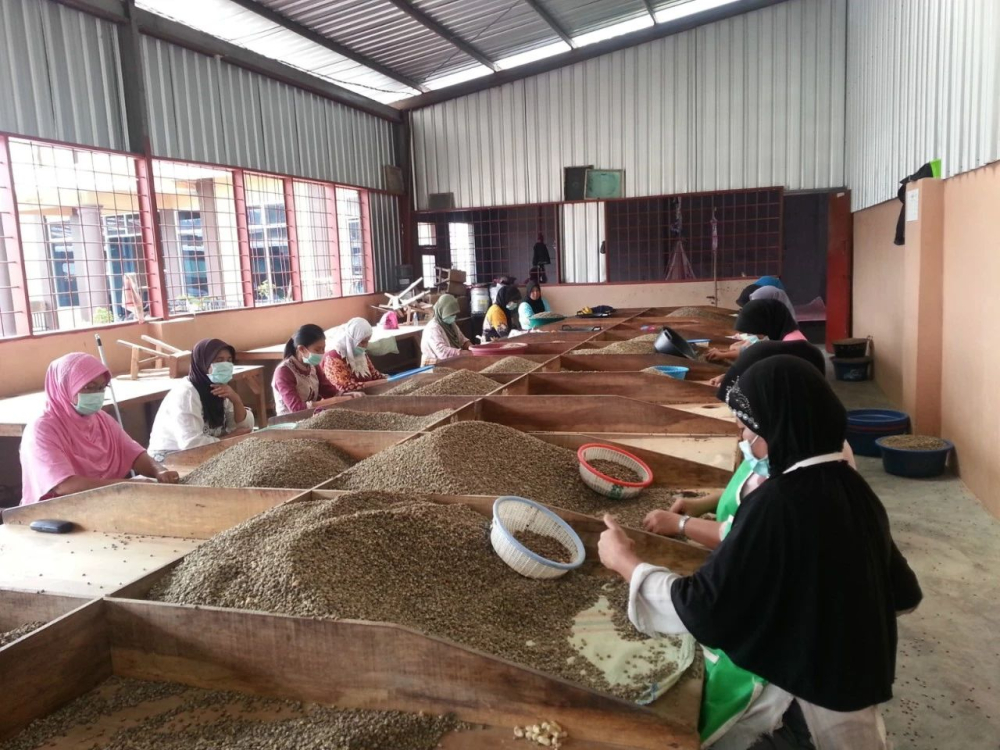
Qianjie will taste the coffee in the form of a cup test before launching a coffee bean. The cup test is the evaluation of the quality and flavor of coffee beans. A unified standard can more objectively find out the advantages and disadvantages of the flavor presented by beans, as well as their characteristics. After cup test in the front street, Lin Dong Mantenin rations beans showed a strong nutty tone, with a hint of melon aroma in the back section. After the temperature dropped, the herbaceous flavor appeared, the taste was mellow and the aroma was saturated. PWN Gold Manning has not only aromas of dark chocolate, nuts and caramel, but also herbal spices and pine flavors, with a black, full finish, high cleanliness and soft acidity as the temperature drops.
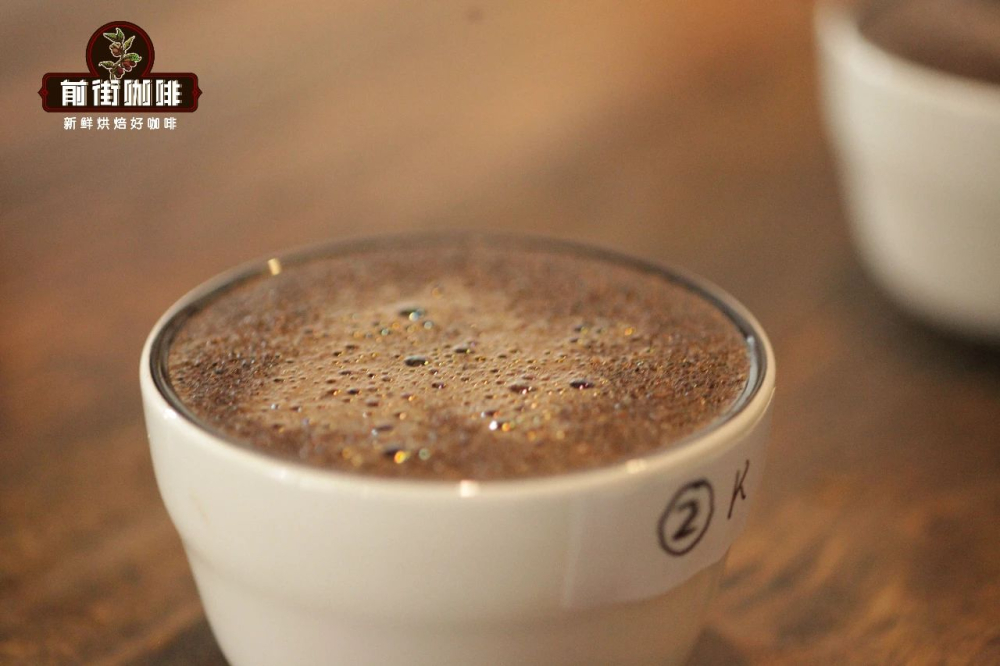
The cooking suggestion of Qianjie
Qianjie believes that the greatest feature of Mantening coffee is its high alcohol thickness and unique herbal flavor, so Qianjie uses medium-deep roasting so that the aroma of coffee will not be completely caramelized. Freshly baked manning coffee takes 7 to 10 days to exhaust and nourish beans before it enters the best taste period. Qianjie hopes that every guest who places an order can enjoy the full aroma of the coffee and will only ship the coffee beans freshly roasted within 5 days, so that everyone can enjoy the full taste period of the coffee when they receive it.
Filter cup: KONO
Water temperature: 87 degrees Celsius
Amount of powder: 15g
Ratio of powder to water: 1:15
Grinding degree: the pass rate of Chinese standard No. 20 screen is 70%.
Water injection mode: three-stage water injection
First inject 30 grams of hot water and steam for 30 seconds, inject fine water from the central point and slowly circle to 125 grams, when the water level in the filter cup is about to reveal the powder bed, continue to inject water around 225 grams, the total extraction time is about 2 minutes. Shake the coffee liquid gently before you start tasting.
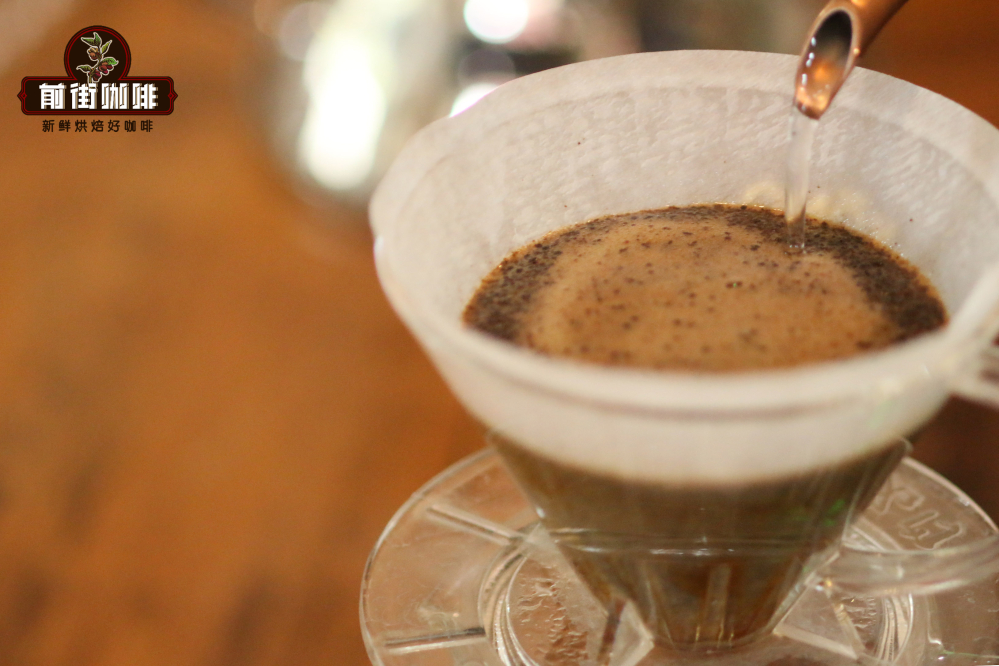
Professional coffee knowledge exchange more coffee bean information please follow the coffee workshop (Wechat official account cafe_style)
For more boutique coffee beans, please add private Qianjie coffee on Wechat. WeChat account: qjcoffeex
Important Notice :
前街咖啡 FrontStreet Coffee has moved to new addredd:
FrontStreet Coffee Address: 315,Donghua East Road,GuangZhou
Tel:020 38364473
- Prev

Brazilian beans flavor characteristics of which varieties of coffee is better to drink
Brazilian beans flavor characteristics of which varieties of coffee is better to drink Brazil, the largest yield is Robaishi coffee. This coffee is sold in supermarkets. Brazilian Roscoff coffee, sold under the name Conillon, accounts for 15 percent of total production. Coffee is specially roasted, which contains natural caffeine components that can effectively decompose body fat and reduce fat.
- Next

Organization structure of cooked coffee beans-structure diagram of coffee bean roaster
Cooked coffee bean organization structure-coffee bean roaster structure chart there are more than 6000 species of coffee trees, and there are four major coffee trees in the world, only two of which are of real commercial value and have been planted in large quantities. The quality of the coffee beans produced is also higher than that of the coffee beans produced by other coffee trees. The climatic requirements for the sun treatment of coffee beans produced by other coffee trees are very high.
Related
- Guji coffee producing area of Guji, Ethiopia: Humbela, Shakiso, Wulaga
- What is the most expensive variety of Qiloso in BOP multi-variety group?
- How to store the coffee beans bought home?
- Why are Yemeni coffee beans so rare now?
- Ethiopian Sidamo all Red Fruit Sun Sun Santa Vini Coffee beans
- SOE is mostly sour? What does it mean? Is it a single bean? what's the difference between it and Italian blending?
- Is Italian coffee beans suitable for making hand-brewed coffee?
- How to choose coffee beans when making cold coffee? What kind of coffee beans are suitable for making cold coffee?
- Just entered the pit to make coffee, what kind of coffee beans should be chosen?
- Can only Japan buy real Blue Mountain Coffee? What are authentic Jamaican Blue Mountain coffee beans?

